More often than not, Second Generation Pontiac Firebird project cars that have lain idle for decades will have significant rust issues for their next owner to tackle. However, that appears not to be the case with this 1978 Firebird Formula. Below its tired paint seems to be little more than surface corrosion, which would be good news for potential buyers. They won’t be returning the car to active duty in a single weekend, nor will they face hundreds of hours of cutting and welding whipping the body into shape. However, it does look like it could be a relatively straightforward project build. Located in Welch, Minnesota, you will find the Firebird listed for sale here on Craigslist. You could become its next owner by handing the seller $6,000.
The Firebird’s history is unclear, but a clue about how it has remained structurally sound is hidden in plain sight. The Arizona plate supports the seller’s claim that it is a southern car, which is always good news in a model susceptible to rust. There is nothing beyond surface corrosion visible externally, with the listing indicating that there is little to no penetrating rust. It would still be worth checking prone areas like the rear valance and trunk pan, but the lack of issues in the lower extremities and around the back window holds promise. I Have always felt that Martinique Blue is one of the most stunning shades to grace the panels of a Firebird, with the company offering it for a single model year. It needs a refresh due to UV exposure, but given how stunning the shade looks wearing a high gloss, it should be worth the effort. The plastic trim seems surprisingly good for its age, and there are no glaring issues with the tinted glass.
The Firebird’s drivetrain configuration includes a 400ci V8, three-speed automatic transmission, power steering, and power front disc brakes. These V8s were feeling the pinch by 1978, and while buyers could order a Trans Am with 220hp at their disposal, this motor would have pumped out 180hp. That doesn’t hold the promise of neck-snapping performance, and the company’s figures confirm this. They quote a ¼ mile ET of 17.2 seconds and the ability to wind out to 127mph. Those numbers would have looked respectable for a pony car from this era, but they fell a long way short of what the Firebird could achieve at the start of the decade. As a point of comparison, a 1970 Firebird Formula with the same 400/automatic combination could storm the ¼ mile in 14.6 seconds. Our feature car has been sitting for more than three decades, and its mechanical health is unknown. There’s plenty of surface corrosion visible across the engine bay, with the buyer probably choosing to pull the motor to replace seals and detail everything within an inch of its life. Braver owners may even decide to treat the 400 to a rebuild to ensure everything is perfect before the car returns to the road once again.
I’ve previously discussed how climates like that in Arizona may be great for preserving classic steel, but they can wreak havoc on upholstery and plastic. One glance inside this Firebird would seem to supply the perfect argument for the prosecution. The door trims are missing, but the rest of the interior appears complete. The upholstered surfaces are heavily faded, while the dash pad has more lumps, bumps, and cracks than the San Andreas Fault. Surprisingly, the Formula wheel, the gauge cluster with factory tachometer, and the faux woodgrain trim appear to be in good order. The buyer will need to spend around $2,200 on a trim kit to have the interior presented in a factory-fresh state, but the positive comments received once they complete the process should make it worth the cost and effort.
If an in-person inspection reveals this 1978 Firebird Formula to be as solid as the photos suggest, it could be a great project build for a first-timer. Many novices find the prospect of cutting and welding to be intimidating, but that may not be the case with this classic. After three decades of inactivity, there’s no doubt that the car will require a hefty dose of TLC before it hits the road with a new owner behind the wheel. However, when you consider that values for the Firebird Formula continue to climb steadily and this car wears one of the more desirable paint shades offered in that model year, it should be worth the time and effort.
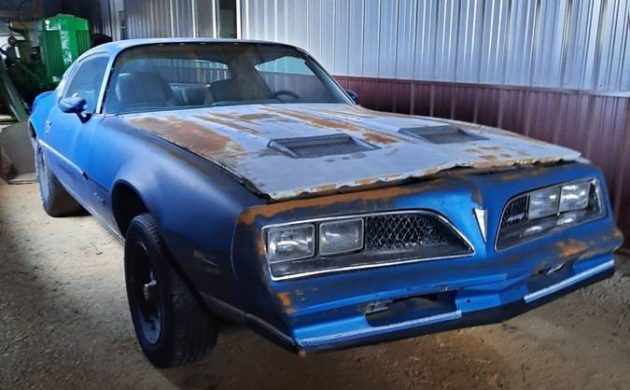
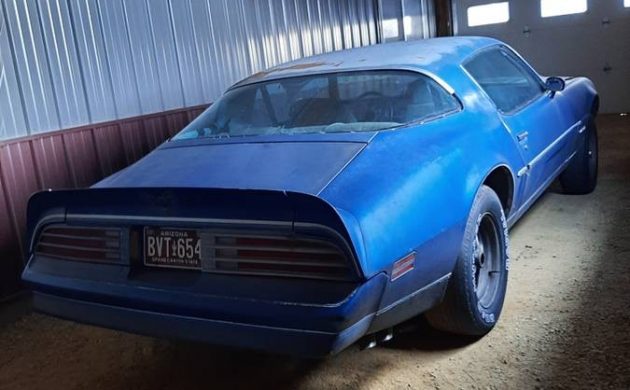
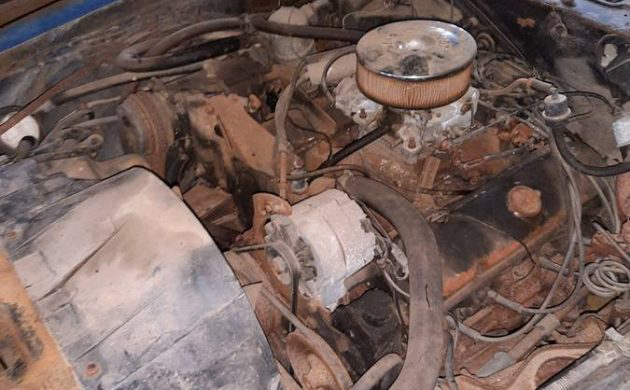
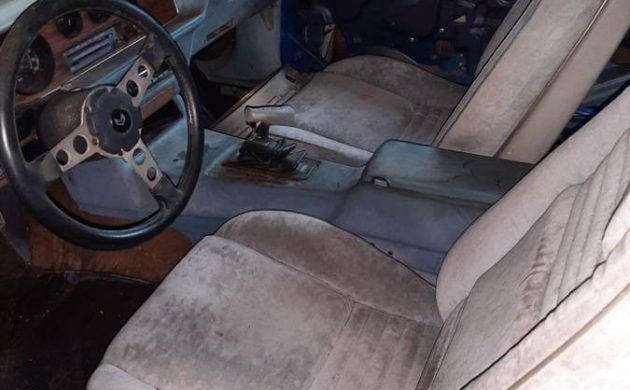
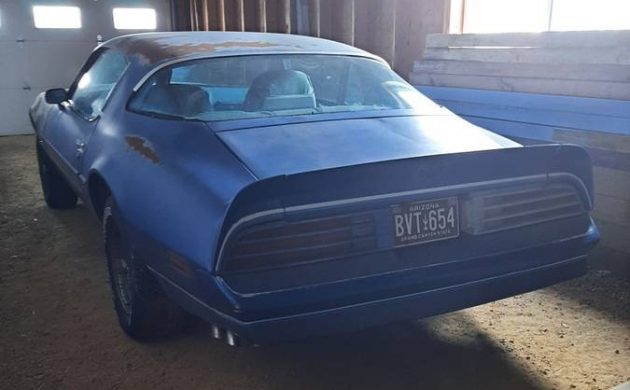


A beautiful shade of blue. However, way too much sun damage to the interior for me personally. Sitting for 30 years – you have no idea what you’re getting yourself into mechanically. $6000 seems a bit optimistic to me, even if it is rust free – which would have to be confirmed. One of these cars are certainly worth a lot more fully restored.
What is going on with all these &#%$@* aftermarket air cleaners?
If the seats were vinyl upholstery and not cloth, they would probably clean up enough to sit on to drive the car. Steering wheels and console were manufactured differently than the dash pad so they perish at a slower rate than everything else. A no-rust, air conditioned Formula with a manual transmission would be on my short list for a project. Price seems fair. Unfortunately for me — after seeing what I thought was a manual gear lever sticking up through the console — this is simply an automatic 2nd Gen project which once possessed a great color scheme but not much else.